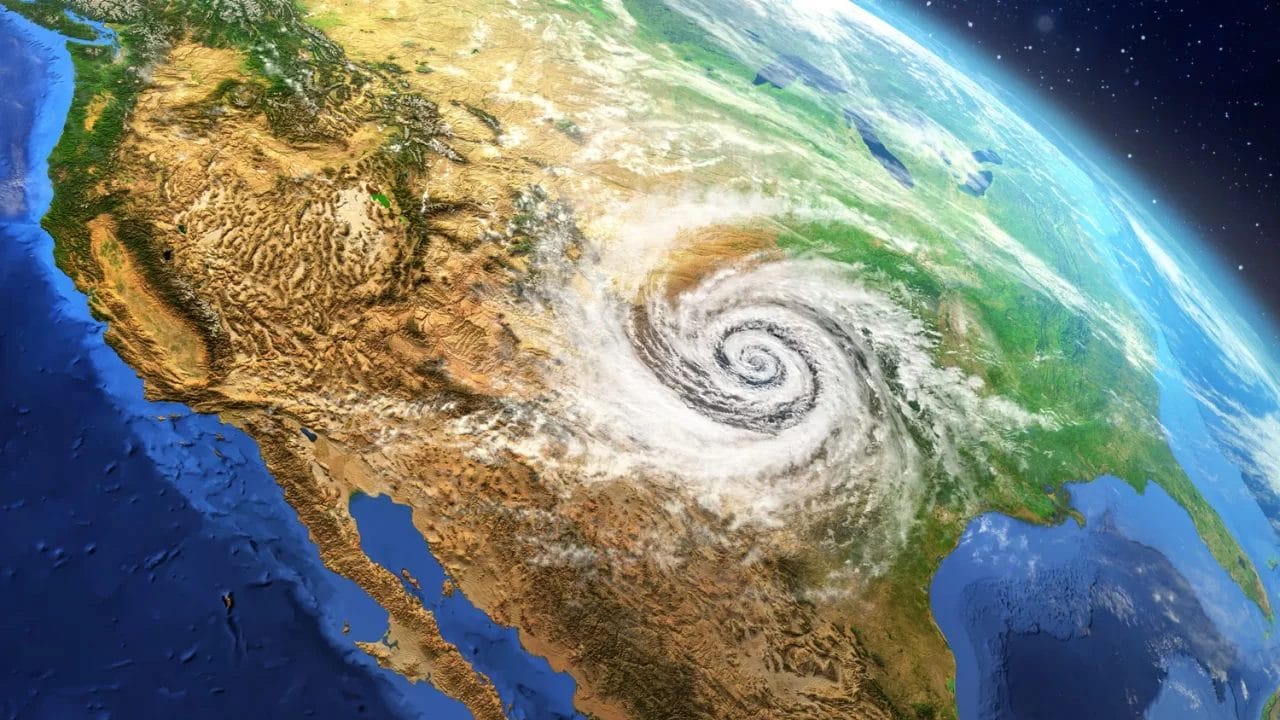Microsoft’s AI model for weather forecasting, Aurora, is getting a major upgrade where it can now accurately predict air quality, in addition to extreme weather events like hurricanes and typhoons.
Developed by Microsoft Research, Aurora is designed to outperform traditional meteorological models in both accuracy and speed, using AI to anticipate climate patterns with impressive precision. The announcement was made in a recent blog post by Microsoft, along with a peer-reviewed research paper published in the journal Nature.

What Makes Aurora Different?
Aurora is a foundational AI model meaning it was trained on a vast, diverse dataset and can be fine-tuned for multiple specialized tasks. This allows it to go beyond typical weather predictions and address more complex atmospheric needs, such as air pollution forecasting.
According to Microsoft:
“What sets Aurora apart is that it is originally trained as a foundation model and can then be specialized through fine-tuning to go beyond what is considered traditional weather forecasting, such as air pollution prediction.”
This versatility is possible because Aurora was trained on over a million hours of data from satellites, radar, weather stations, and historical simulations.
Thanks to its encoder-based architecture, Aurora can transform huge volumes of disparate climate data into a unified format for fast, reliable predictions. By layering in smaller datasets such as localized air quality metrics, the model can adapt to specific forecasting needs.
A specialized version of Aurora is already live in the MSN Weather app, delivering hourly weather and cloud forecasts. Microsoft has also open-sourced the model’s code and weights, inviting researchers and developers to build upon it.
Aurora’s development marks a significant shift in how climate data is analyzed and applied. Traditional meteorological methods often require separate models for different forecasting goals, but foundational AI models like Aurora allow for more unified, scalable solutions from predicting the path of a typhoon to tracking urban air quality in real time.






